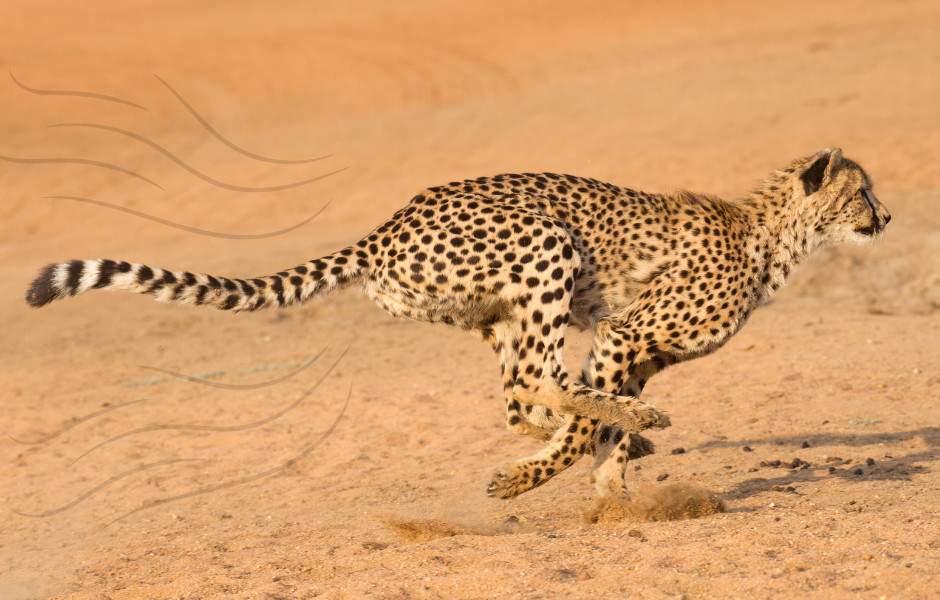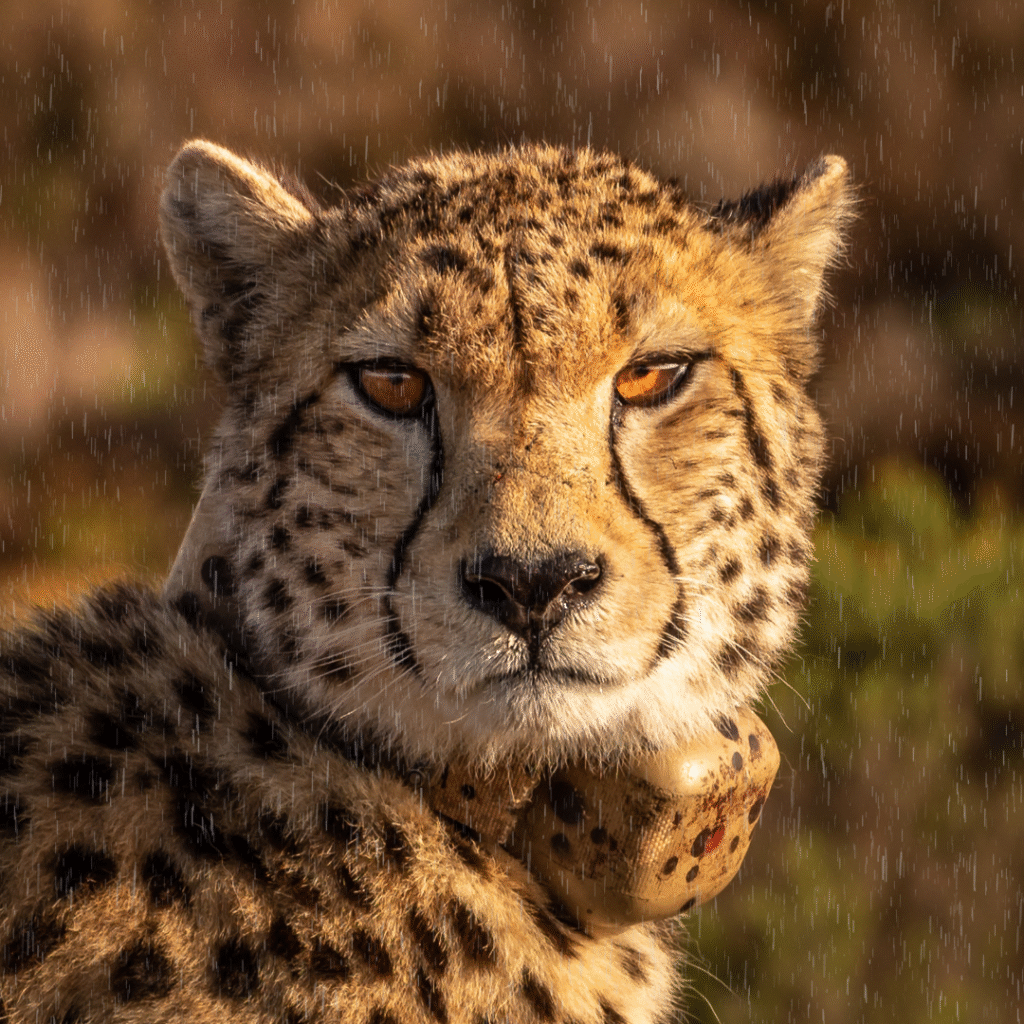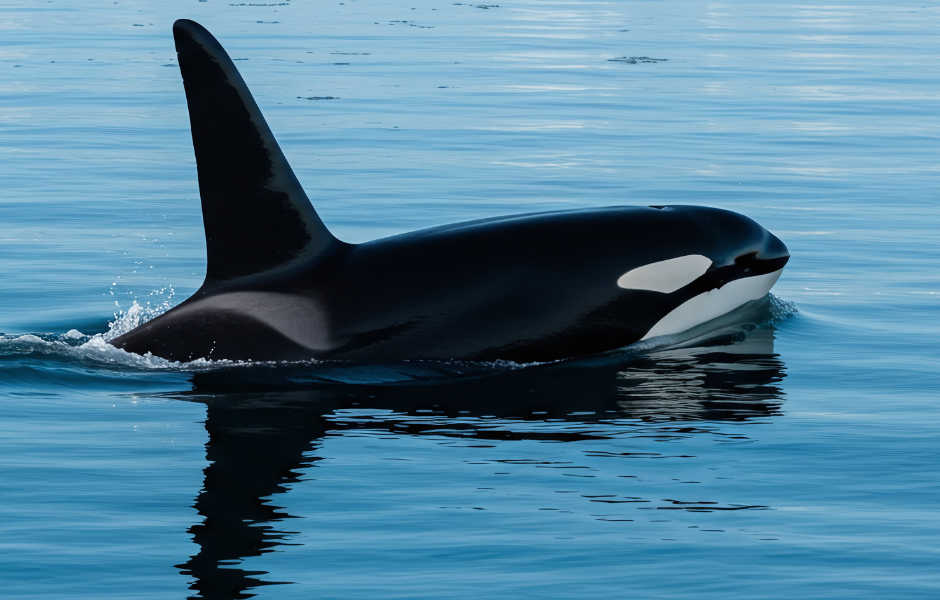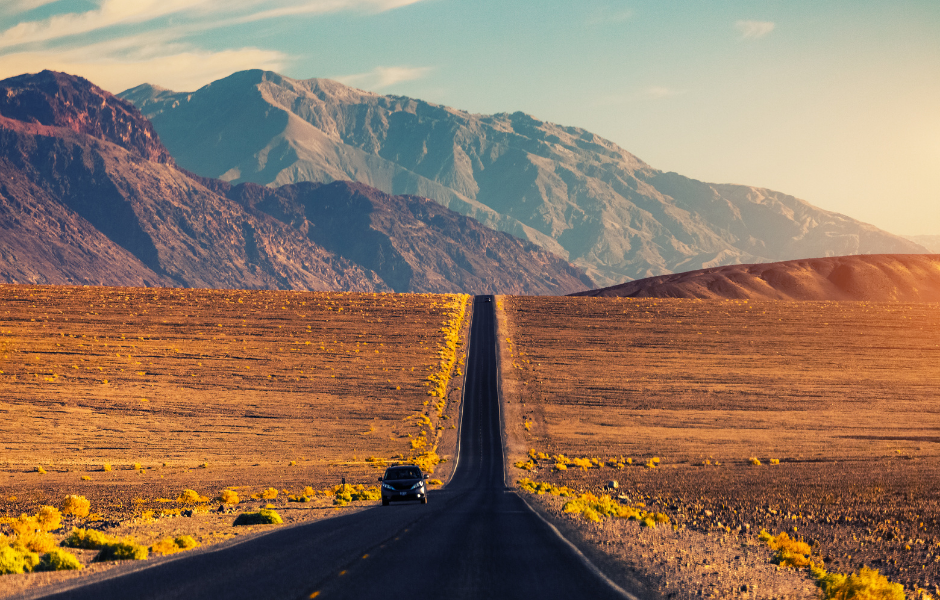
This children’s article, Cheetahs: the fastest land animal, has been written for native English speakers and learners of English as a second or foreign language. It helps children practise reading and comprehension, learn useful vocabulary, and explore amazing animal adaptations. Written by Mark Pulley, a writer and teacher who creates fun and informative news articles for English learners.
How fast can a cheetah run?
Cheetahs hold the title of fastest land animal on Earth. They can sprint at speeds of up to 120 kilometres per hour (about 75 miles per hour) in short bursts. That’s as fast as a car on the motorway!
Built for speed
Several special features help cheetahs reach such incredible speed:
- Flexible spine: Their backbone stretches and contracts like a spring, increasing each stride’s length.
- Long legs: These give them a huge stride length, letting them cover more ground with each step.
- Non-retractable claws: Unlike other cats, cheetahs’ claws stay out, giving them extra traction, like the spikes on running shoes.
- Lightweight body: They weight between 40–65 kilograms, meaning they’re much lighter than lions or tigers. This means they can accelerate quickly.
- Long tail: Acts as a rudder, helping cheetahs balance and make sharp turns when chasing agile prey.
Sprinters, not marathon runners
Cheetahs are amazing sprinters, but they cannot keep up these top speeds for long. After about 20 to 30 seconds of full-speed chasing, their muscles overheat and they must slow down.
This is why cheetahs stalk their prey to get as close as possible before the final sprint.
What is prey?
Prey are the animals that predators hunt for food. Cheetahs often target small antelopes like gazelles, young wildebeest, and other hoofed animals.
If their prey spots them too early or manages a quick zigzag, they can escape during the cheetah’s short sprint.
Why speed matters
Speed gives cheetahs a hunting edge on open grasslands where hiding spots are few. Their bursts of energy help them catch swift prey, but they must rest and cool down after each chase. This balance of power and endurance shapes the cheetah’s life in the wild.
If you’d like to learn more about cheetahs and conservation efforts, visit the National Geographic cheetah page.

Article vocabulary list
- Fastest land animal – The animal that can run the quickest on land.
- Stride length – How far an animal moves forward with each step.
- Traction – Grip that prevents slipping, like tyres on a road.
- Rudder – A tail or fin that helps steer or balance.
- Sprinter – An athlete or animal that runs very fast over a short distance.
- Marathon – A long-distance race; here, the opposite of a sprint.
- Prey – An animal hunted and eaten by another animal.
- Antelope – A hoofed mammal often found in grasslands.
Comprehension questions
Just click the plus (+) to see the answer
1. What speed can a cheetah reach?
a) 60 km/h
b) 120 km/h
c) 170 km/h
Answer: b) 120 km/h
2. Which feature helps cheetahs make sharp turns?
a) Flexible spine
b) Long tail
c) Non-retractable claws
Answer: b) Long tail
3. Why can’t cheetahs run at top speed for long?
a) Their legs are too short
b) They get bored
c) Their muscles overheat
Answer: c) Their muscles overheat
4. What does the word “prey” mean?
a) A place where animals live
b) An animal hunted for food
c) A type of antelope
Answer: b) An animal hunted for food
5. Why is a cheetah’s lightweight body important?
a) It makes them jump higher
b) It helps them accelerate quickly
c) It keeps them warm
Answer: b) It helps them accelerate quickly

Mark is a writer and EFL teacher from England with eight years’ experience. He’s passionate about travel, sport (especially football), animals, nature, and history, and enjoys helping children explore the world through language and learning.




